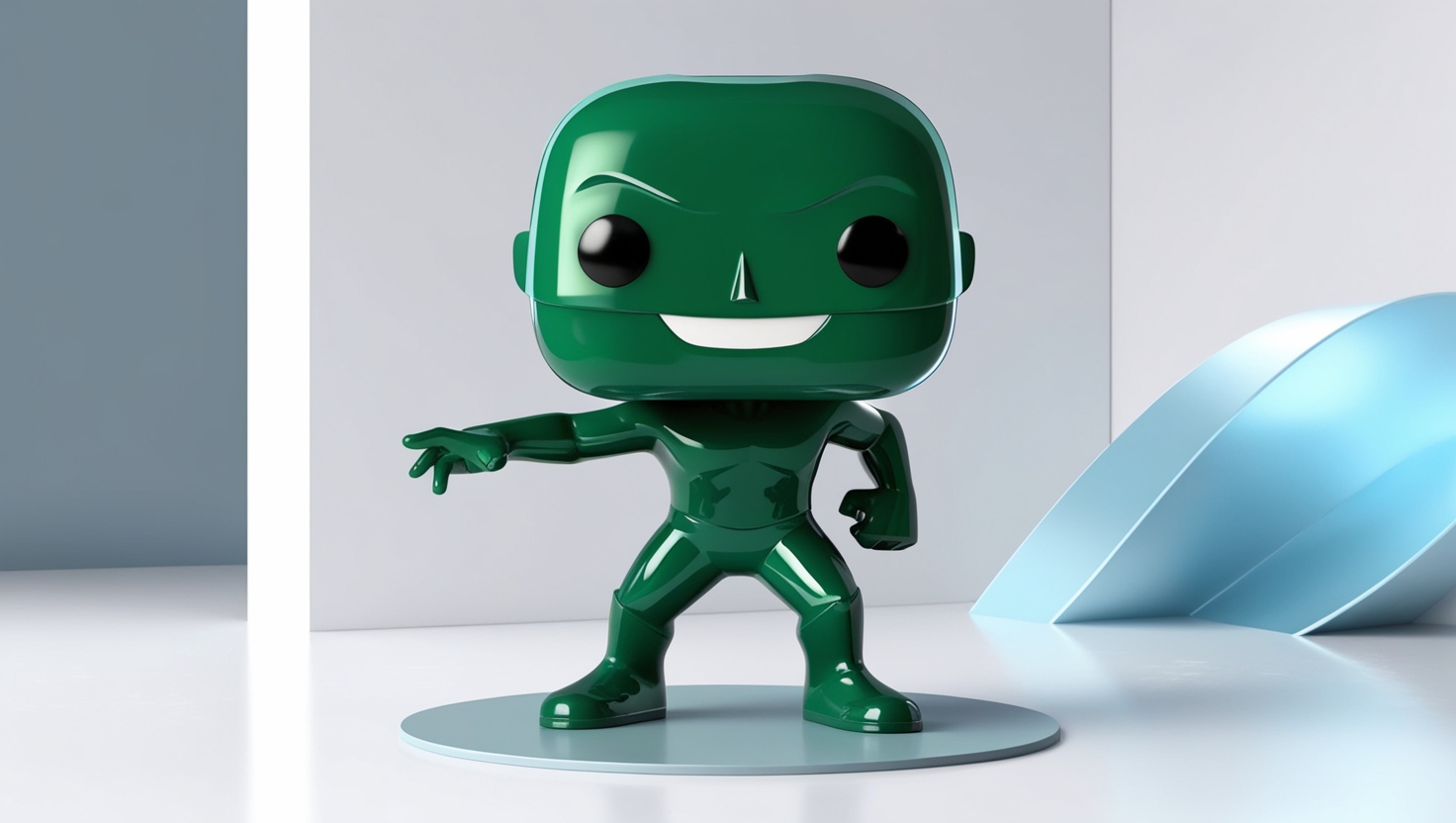The magic of a product isn’t in the design itself but in how it feels when someone uses it. Imagine you walk into a new café, and while the decor is stunning, the menu is impossible to read, and you struggle to order. The experience leaves a sour note despite the beauty around you. This is exactly what happens with websites, apps, or any digital product that lacks proper User Experience (UX) testing. UX testing is like asking users, “How does this make you feel?” and then listening carefully to improve their experience.
At its core, UX testing is about ensuring that every interaction a user has with a product is seamless, intuitive, and enjoyable. It’s not just about finding bugs or errors; it’s about understanding human behavior—what frustrates users, what delights them, and what they ultimately want when navigating a digital environment. Through a series of research methods, such as usability testing, A/B testing, and heat mapping, UX testing helps to refine a product based on real user feedback rather than assumptions or designer preferences.
The Heart of UX Testing: Methods and Tools
There are several ways to perform UX testing, each offering unique insights into how users interact with a product.
1. Usability Testing: In this method, real users are given tasks to complete while observers watch how they navigate the product. This test highlights pain points, such as areas where users struggle to find what they’re looking for or perform basic functions.
2. A/B Testing: Sometimes, it’s not clear which design or feature will work best. In A/B testing, two different versions of a product (Version A and Version B) are shown to different users to see which one performs better based on specific metrics like engagement or conversion rates.
3. Heatmaps and Click Tracking: By visualizing where users click, scroll, or hover, these tools provide data on user behavior and interaction patterns. This information can help designers optimize layouts, calls-to-action, and content structure.
4. Eye Tracking: This advanced method tracks where users look on a screen, revealing what catches their attention first and what they might overlook.
5. Surveys and Feedback Forms: Asking users for direct feedback through surveys allows designers to collect qualitative insights. This method can be particularly useful for understanding user satisfaction or gathering suggestions for improvements.
Conclusion: UX Testing—The Secret Ingredient for Delightful Products
Think of UX testing as the secret recipe that transforms a good product into an exceptional one. It bridges the gap between what designers think users need and what users actually experience. By continuously testing, iterating, and improving, companies create products that are not only functional but truly delightful to use. Without UX testing, a product may look beautiful on the surface, but beneath that polished exterior, it could be causing users frustration or confusion. In the end, UX testing ensures that the product isn’t just used—it’s loved.








